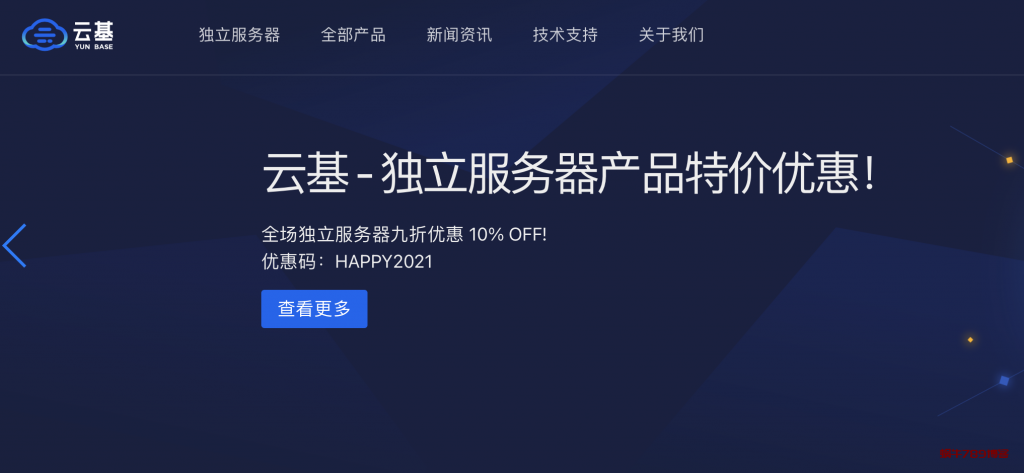Android布局实例:LinearLayout和RelativeLayout
 (图片来源网络,侵删)
(图片来源网络,侵删)
1、如何使用LinearLayout进行布局?
线性布局是最简单的布局类型,它将子视图按照垂直或水平方向排列。
属性:
orientation:设置子视图的排列方向,可以是vertical(垂直)或horizontal(水平)。
gravity:设置子视图在主轴上的对齐方式,可以是center(居中)、top(顶部)、bottom(底部)、left(左侧)或right(右侧)。
layout_weight:设置子视图在主轴上的权重,用于控制子视图的大小。
示例代码:
 (图片来源网络,侵删)
(图片来源网络,侵删)
<LinearLayout xmlns:android="http://schemas.android.com/apk/res/android" android:layout_width="match_parent" android:layout_height="wrap_content" android:orientation="horizontal"> <TextView android:layout_width="0dp" android:layout_height="wrap_content" android:layout_weight="1" android:text="文本1" /> <TextView android:layout_width="0dp" android:layout_height="wrap_content" android:layout_weight="1" android:text="文本2" /> <TextView android:layout_width="0dp" android:layout_height="wrap_content" android:layout_weight="1" android:text="文本3" /></LinearLayout>
2、如何使用RelativeLayout进行布局?
相对布局允许子视图相对于其他子视图或父视图进行定位,提供更灵活的布局方式。
属性:
layout_alignParentTop、layout_alignParentBottom、layout_alignParentLeft、layout_alignParentRight:设置子视图与父视图的对齐方式。
layout_toLeftOf、layout_toRightOf、layout_above、layout_below:设置子视图与其他子视图的相对位置。
layout_centerInParent:设置子视图在父视图中的居中对齐。
layout_alignWithParentIfMissing:如果子视图不存在,则将其与父视图对齐。
 (图片来源网络,侵删)
(图片来源网络,侵删)
layout_centerHorizontal、layout_centerVertical:设置子视图在水平或垂直方向上的居中对齐。
示例代码:
<RelativeLayout xmlns:android="http://schemas.android.com/apk/res/android" android:layout_width="match_parent" android:layout_height="match_parent"> <TextView android:id="@+id/textView1" android:layout_width="wrap_content" android:layout_height="wrap_content" android:text="文本1" /> <TextView android:id="@+id/textView2" android:layout_width="wrap_content" android:layout_height="wrap_content" android:text="文本2" /> <TextView android:id="@+id/textView3" android:layout_width="wrap_content" android:layout_height="wrap_content" android:text="文本3" /></RelativeLayout>
下面我将为您提供一个简单的 Android 布局示例,采用介绍形式展示不同的布局元素及其对应的XML代码。
| 布局类型 | 描述 | XML示例代码 |
| 线性布局 LinearLayout | 水平或垂直排列子视图 | android:orientation="vertical" android:layout_width="match_parent" android:layout_height="wrap_content" |
| 相对布局 RelativeLayout | 根据彼此位置关系排列 | android:layout_width="match_parent" android:layout_height="wrap_content" |
| 纵向介绍布局 TableRow | 在介绍布局内水平排列 | android:layout_width="match_parent" android:layout_height="wrap_content" |
| 网格布局 GridLayout | 以网格形式排列视图 | android:layout_width="match_parent" android:layout_height="wrap_content" android:columnCount="3" android:rowCount="2" |
| 框布局 FrameLayout | 所有子视图都堆叠在一起 | android:layout_width="match_parent" android:layout_height="wrap_content" |
| 绝对布局 AbsoluteLayout | 通过坐标定位子视图 | android:layout_width="match_parent" android:layout_height="wrap_content" |
以下是各个布局类型中的简单视图元素的示例代码:
| 视图类型 | 描述 | XML示例代码 |
| 文本视图 TextView | 显示文本内容 | android:layout_width="wrap_content" android:layout_height="wrap_content" android:text="Hello World!" |
| 按钮视图 Button | 可点击的按钮 | android:layout_width="wrap_content" android:layout_height="wrap_content" android:text="Click Me!" |
| 图像视图 ImageView | 显示图像 | android:layout_width="wrap_content" android:layout_height="wrap_content" android:src="@drawable/image" |
| 编辑文本 EditText | 允许用户输入文本 | android:layout_width="match_parent" android:layout_height="wrap_content" android:hint="Enter text" |
| 列表视图 ListView | 显示列表项 | android:layout_width="match_parent" android:layout_height="wrap_content" |
请注意,这些示例代码仅提供了基本的结构,实际使用时可能需要添加额外的属性和嵌套布局以适应具体的设计需求。
感谢观看,如有疑问,请在评论区提出,也欢迎关注和点赞。



评论留言